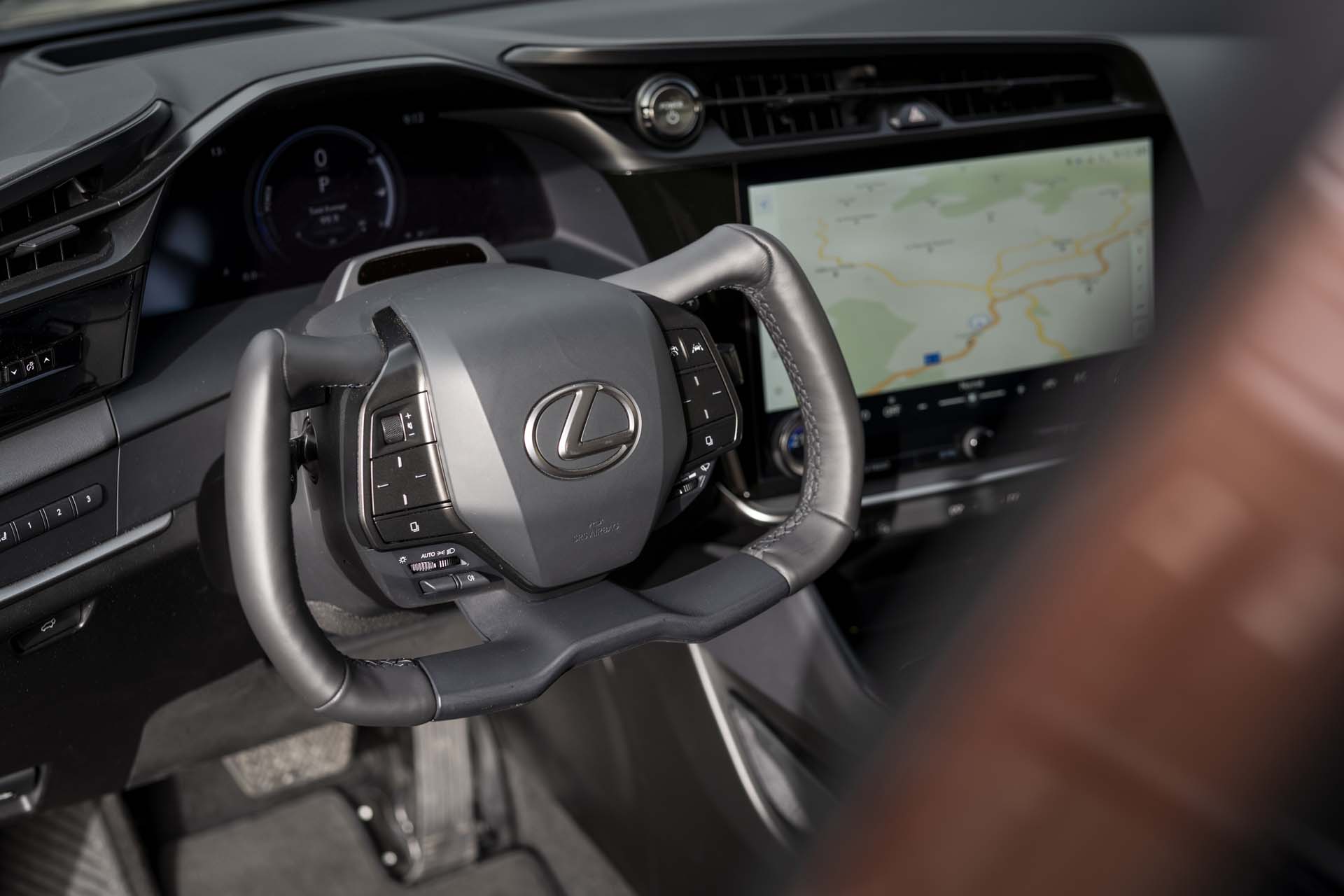Since 2016, the global bus and coach market has registered a year-on-year (YoY) decline in new sales for the fifth consecutive year. However, barring a major shock, things look set to change in 2022 as the market is expected to show annual growth for the first time in his five years. Full-year sales are expected to exceed 250,000 units, up 12% from the previous year and marking the first time since 2019 that annual sales exceeded 250,000 units. Is the market finally on the road to recovery?
While the projected annual growth rate is welcome news for the industry, sales are well off levels seen prior to 2019 (down ~30%) and hit a record high in 2016. (down about 40%).
The chart below shows the decline in sales since 2016. Since March 2020, a “cliff-top” drop as sales rates plummeted from 359,000 units/year in Q4 2019 to 224,000 units/year by Q2 2020 is conspicuous.
Unsurprisingly, the decline (since 2019) is largely due to the impact of COVID-19 and the associated containment measures that have paralyzed the industry: passenger numbers and confidence levels. While the impact of his COVID-19 on the automotive industry as a whole has been unprecedented, the bus and coach industry has been hit hardest and lasted the longest compared to other forms of vehicle transport (see below). (see illustration).
COVID-19 wasn’t the only factor that disrupted the automotive industry over the past few years, but it was, by and large, the most important factor for the bus and coach industry.
However, there is considerable variation not only by application type, but also by region. For example, sales in Asia-Pacific remain around 40% below pre-COVID-19 levels, while sales in Europe have recovered to around 80-90% levels (see chart below).
One of the reasons Asia-Pacific sales remain significantly lower than other regions is the low level of demand and confidence in the world’s largest bus and coach market (China), which distorts the regional landscape. is to be The Chinese market is one of the hardest hit, not helped by the country’s zero COVID-19 policy that continues to curb public transport, limit travel and constrain supply.
Outside of China, the situation has improved somewhat. Rising vaccination rates, coupled with more lenient measures to combat COVID-19, such as reopening schools, public transport, borders and offices, have boosted bus utilization and confidence levels. As a result, OEMs are reporting higher orders, albeit from a low underlying level. Thus, there are signs that the bus and coach market is recovering.
However, some downside risks remain, including COVID-19 (and ensuing lockdown measures – especially in China), ongoing supply chain bottlenecks, and the impact of the ongoing Ukraine/Russia war on the global economy. . The latter particularly affects rising fuel and material costs.
Given all of this, we remain cautious about how quickly the bus and coach market can recover, and while there are positive signs that better times are on the way, this could happen overnight. I don’t think it will happen…
https://lmc-auto.com/news-and-insights/is-the-global-bus-and-coach-market-on-the-road-to-recovery/ Is the global bus and coach market headed for recovery?












